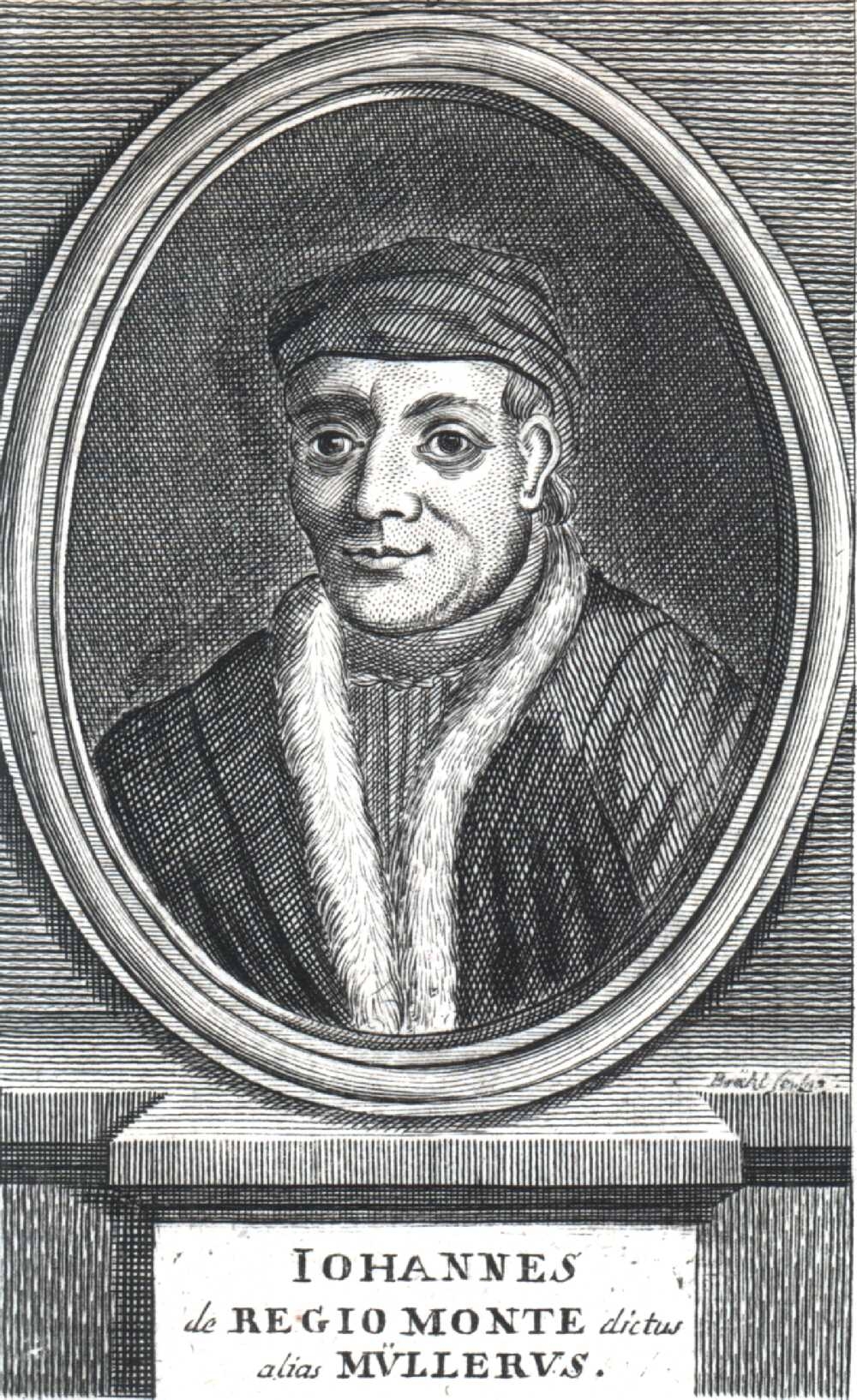
Regiomontanus, Johannes (Königsberg, 6th June 1436 – Rome, 6th July 1476), born as Müller von/aus Königsberg, german astronomer and mathematician, the most excellent astronomer of the early Renaissance. He used his Latin name as Johanes de Monte Regio, after the Latin name of his hometown, and this evolved to the name used today. He was a student of Georg Peuerbach in Vienna. In Rome, he practiced trigonometry and corrected antique works of astronomy. In 1467, he was invited by János Vitéz to work at the University of Pozsony, founded by Matthias I. He stayed in Hungary from the spring of 1467 to the summer of 1471, and often worked in the royal library in Buda, and the palace of János Vitéz in Esztergom. He offered his new instrument, called torquetum, to Matthias, however, research has revealed that his table, titled Ephemerides, wasn’t made with Matthias’ support and wasn’t optimized for use in Buda. He offered one of his important works to Vitéz, titled Tabulae directorum, originally intended for horoscope making, containing the first tangent table. He constructed sun-dials, and observed the phenomenon of magnetic declination. The calendar he computed and arranged was widely popular for a long time. In 1471, he set up residence in Nürnberg, in hopes of raising the number of observations he could make. From here, he moved to Rome after he was invited by the Pope to help him optimize his calendar, but he died not long after. He had a significant impact on astronomy in Hungary.




